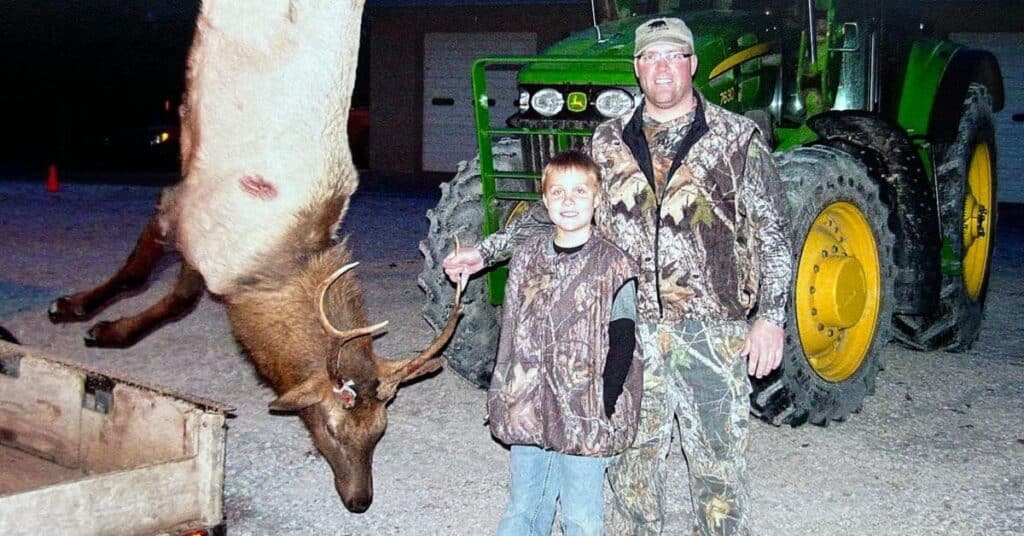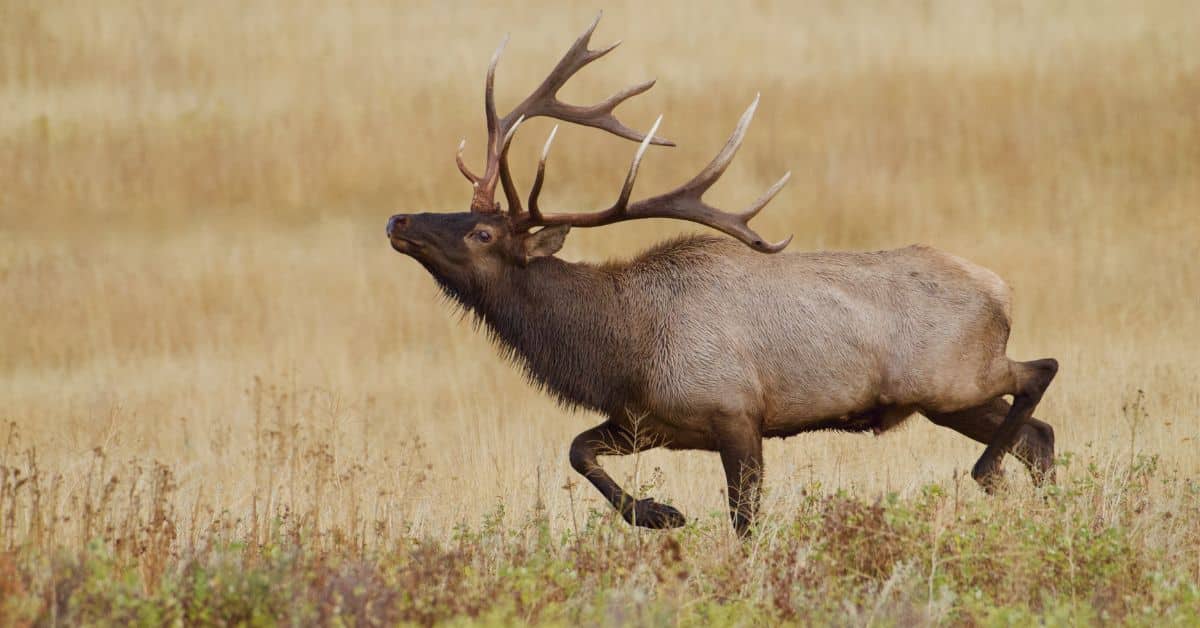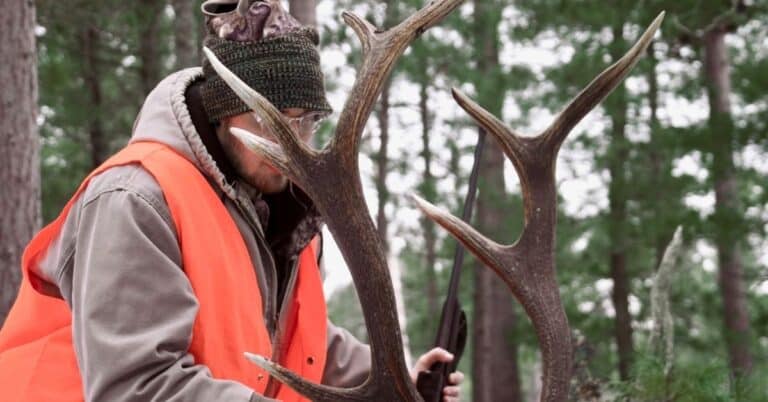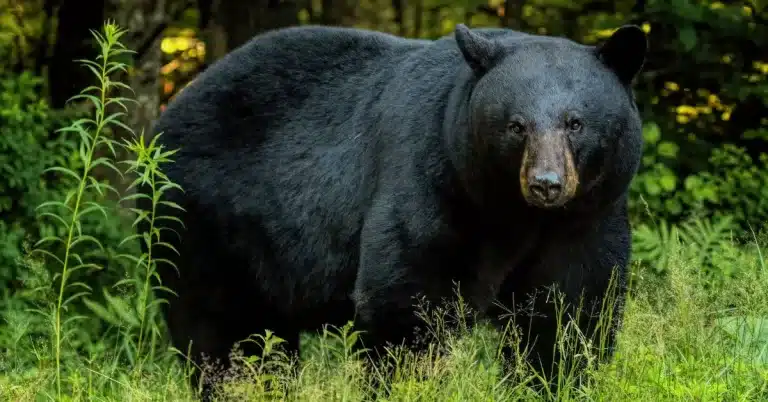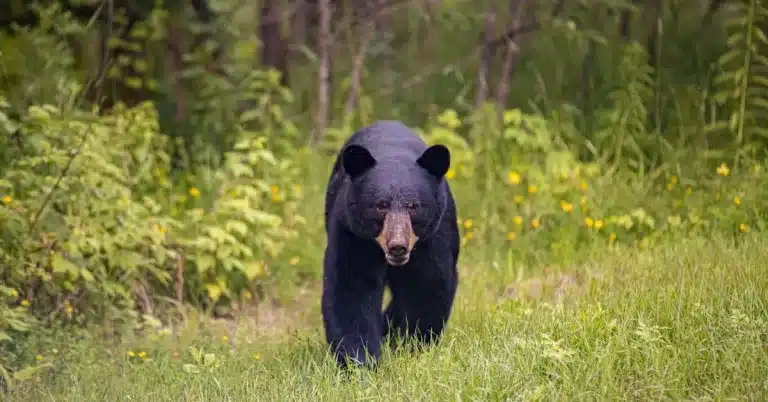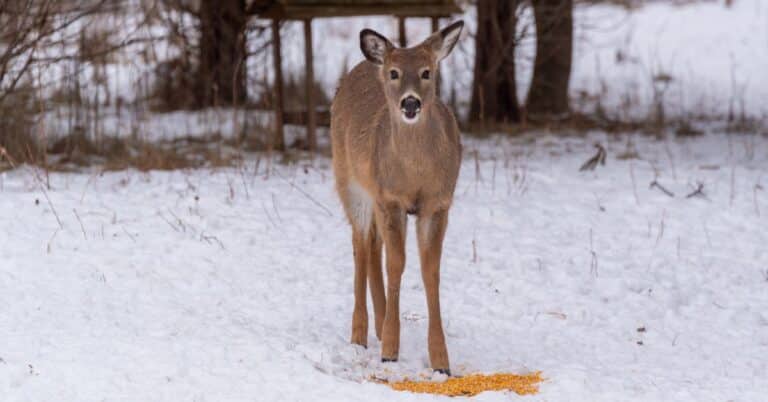Michigan Elk Hunting by Horseback
Do you have a dream to hunt a Michigan elk? Or maybe you’ve heard about the Michigan Grand Slam? Hunting in Michigan provides many great opportunities for big game, but none are greater than being a successful applicant in the Michigan elk drawing. The odds of drawing an elk tag are very slim. According to the Michigan Elk Permit and Harvest history, Michigan issued only 50 permits in 1984, the first year for elk hunting, and hunters harvested only 49 elk. In 1996, the highest quota to date was set with 420 elk permits, but hunters harvested only 327 elk.
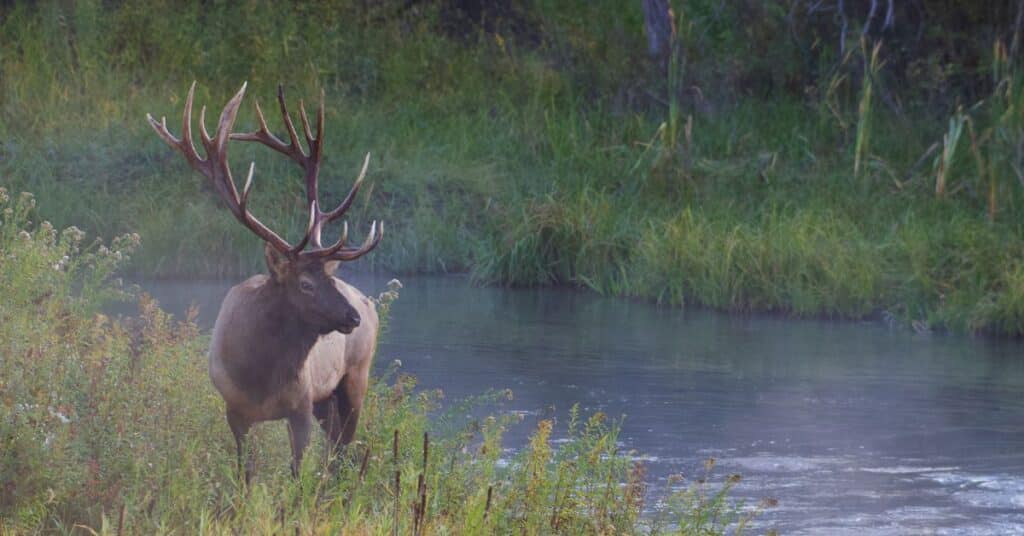
The Michigan Grand Slam
The dream of taking a Michigan elk became a quest for me in my early thirties. During this period, I started realizing the hunting bug had bitten me, and I set my sights on pursuing larger game for a different challenge. Consequently, this was when I became familiar with what is known as the Michigan Grand Slam of hunting. The grand slam consists of taking four animals: bear, deer, elk, and turkey. Each must meet specific criteria to qualify for the grand slam. Bears must have skulls with a minimum measurement of 18 inches. Whitetail deer must score 125 with a firearm or 100 with a bow. Turkeys must have a beard measuring at least 10 inches. Elk must score 240 typical or 265 non-typical.
Drawing the Elk Tag
In 2004, I started to apply for the Michigan elk drawing. I knew my chances were slim, but I hoped to accumulate enough points to eventually be successful. On June 25, 2011, I walked to the mailbox to retrieve the daily mail and pulled out a brown envelope with a return address from the Gaylord Operations Service Center, Michigan Department of Natural Resources. After standing in the road for several minutes, I opened the envelope and saw a letter addressed to me. The salutation read:
“Congratulations! You have been selected to receive a 2011 Michigan Elk License for Hunt Period 2, open December 3-11, with a mandatory half-day training session for hunters on December 2.”

I began to shake uncontrollably as the realization set in that I had drawn my elk tag for Michigan. I read and reread the letter, trying to let it sink in. After gaining my composure, I went directly across the street to share the news with my hunting buddy Doug. Although Doug was not home, I spoke to his wife Heather, who was as excited as I was and couldn’t wait to tell Doug.
Preparing for an Elk Hunt
The letter from the DNR contained essential information, including rules and regulations for the upcoming hunt and a list of available guides. Although not necessary, having a guide is a good consideration for the Michigan elk hunt because most guides live in the elk management area and are familiar with the elk population’s habits and behaviors. In 2011, only 155 elk tags were given out for both seasons. Considering the number of applicants exceeds 230,000, drawing one of the 155 tags highlights how difficult it is to get a tag.

I opted to use a guide for the hunt and selected Vern Bishop, an elderly gentleman who resembled a western cowboy. Vern guided all his hunts by horseback, allowing us to go deeper into the woods than most hunters.
The Elk Management Unit
If you are selected for the Michigan elk hunt, the authorities will place you within an elk management unit. They split the overall management unit into three areas, dividing hunters equally among them. They will give you a preference for a specific area to hunt within.
When the time comes for your selected elk hunt, you must attend a mandatory day class to review all the rules and regulations. This class is a great opportunity to learn about the history of Michigan elk hunting and to celebrate with other selected individuals. You are given a packet to use during your hunt. If successful in harvesting an elk, you must mark the location with surveyors’ tape and note it on the map for DNR scientists to study the remains for scientific reasons.
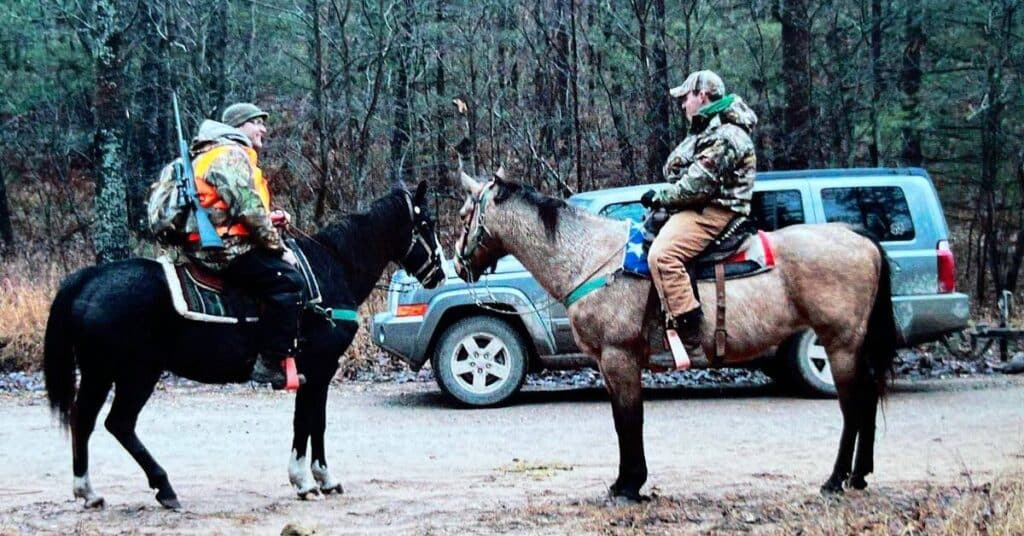
Elk Hunting by Horseback
Hunting elk in Michigan is unique as most hunting is done through the method of spot and stalk. Using horseback allowed our group of hunters and guides to cover more ground. On the first day, I spotted three nice bulls about 200 yards away. My guide Vern did not see them initially, but I alerted the group. We devised a plan to approach the elk from a better angle, but it did not work as planned. I missed my shot, and the other hunter in our group was too winded to take a shot due to his COPD.
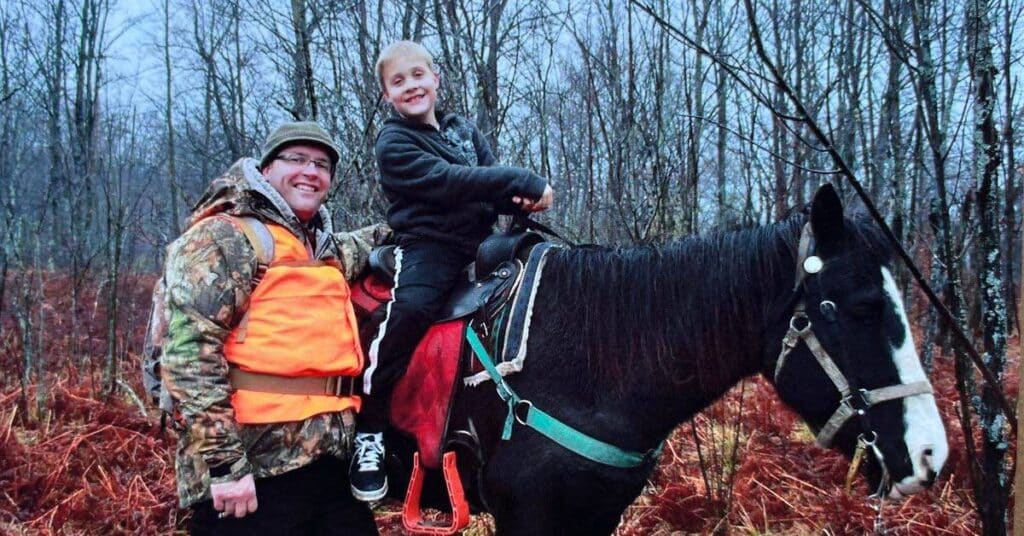
After a few slow days, on the fourth day, our guide spotted a 5×5 bull. I decided to give the opportunity to the other gentleman in our group, considering his age and health struggles. We successfully got him in position to take a shot, and after a few attempts, he downed the elk. It was a moment of celebration for all of us.

Just after, our guide spotted another bull. I quickly grabbed my rifle and, with the help of my guide, positioned myself for a shot. I took the shot, and the elk dropped instantly. It was a satellite bull with a smaller rack, but I was still thrilled. The success of our hunt was a result of teamwork and mutual support among our group of hunters. Before field dressing my elk, I took a moment to say a silent prayer, feeling a profound sense of gratitude.
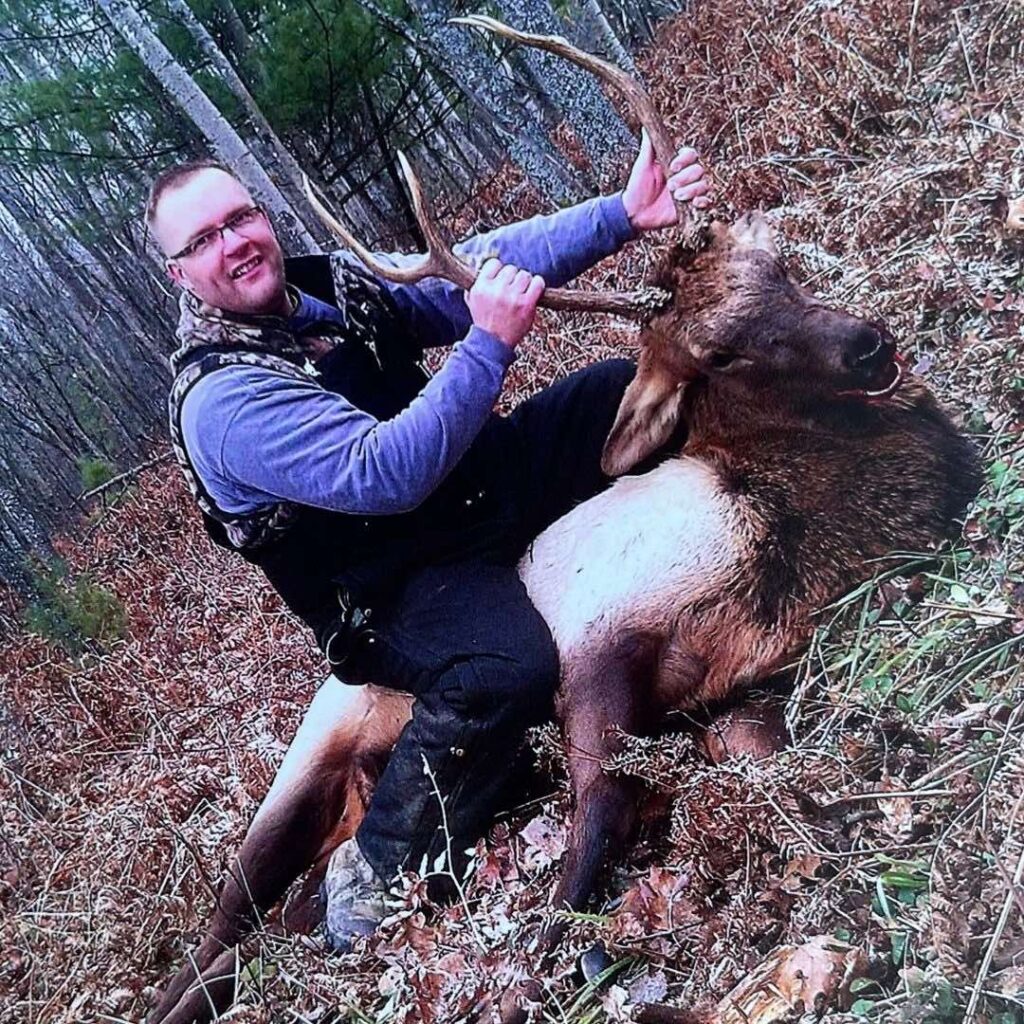
Elk Hunting Encouragement
Despite the slim odds of drawing a Michigan elk tag, remember that you only need one opportunity. Applying annually increases your chances. Even if you won’t hunt during the open periods, apply to accumulate points. For me, applying was straightforward: just do it. If I hunt elk in Michigan again, it’s a priority. Meanwhile, I apply annually for the Pure Michigan Hunt, eager for another chance to hunt elk.
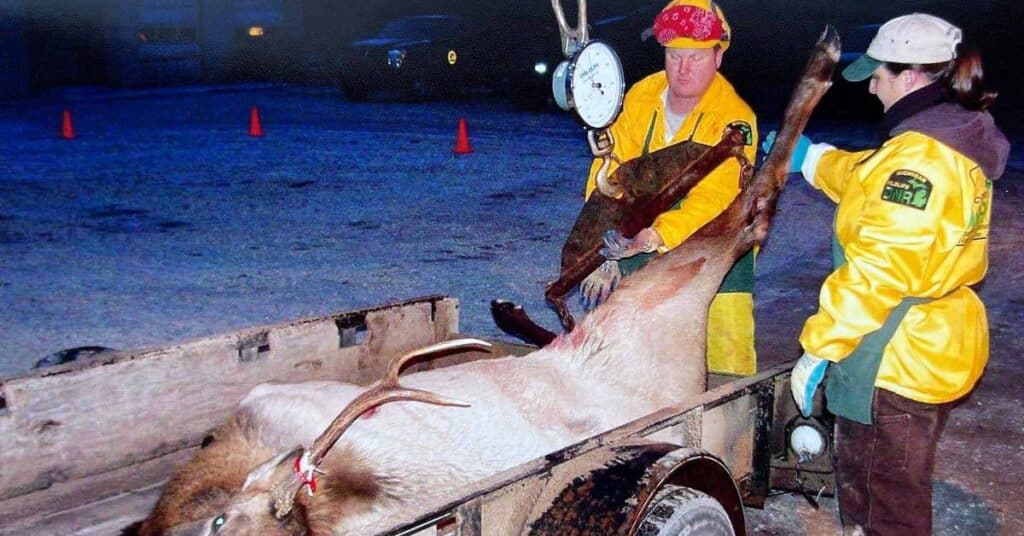
Michigan Elk Hunting: Step by Step Guide
- Apply Consistently
- Build Points: Apply every year to accumulate points and increase your chances.
- Stay Optimistic: Persistence is key.
- Prepare Thoroughly
- Learn the Rules: Attend mandatory training sessions.
- Understand the Hunt Area: Study elk management units.
- Consider Hiring a Guide
- Expertise: Guides are familiar with the elk management areas and elk behavior.
- Local Knowledge: Guides often use effective techniques like horseback riding.
- Gear Up Properly
- Reliable Equipment: Ensure your rifle and gear are in top condition.
- Appropriate Clothing: Wear layers to adapt to weather changes.
- Stay Patient and Persistent
- Spot and Stalk: Patience is crucial for this hunting method.
- Long Days: Prepare for long days in the field.
- Safety First
- Know Your Limits: Be aware of physical limits, especially with health issues.
- Stay Safe: Communicate your location and have an emergency plan.
- Respect the Hunt and Wildlife
- Ethical Hunting: Take ethical shots and respect the animal.
- Follow Regulations: Adhere strictly to hunting laws.
- Teamwork and Support
- Hunt with Friends: Enjoy the experience with a support system.
- Help Each Other: Share excitement and support each other, especially older hunters.
- Celebrate and Reflect
- Cherish the Experience: Enjoy every aspect of the hunt.
- Reflect on Success: Appreciate the journey, regardless of the outcome.
- Stay Informed and Engaged
- Continuous Learning: Keep learning about elk behavior and new techniques.
- Engage with Community: Join hunting forums and clubs for insights and support.
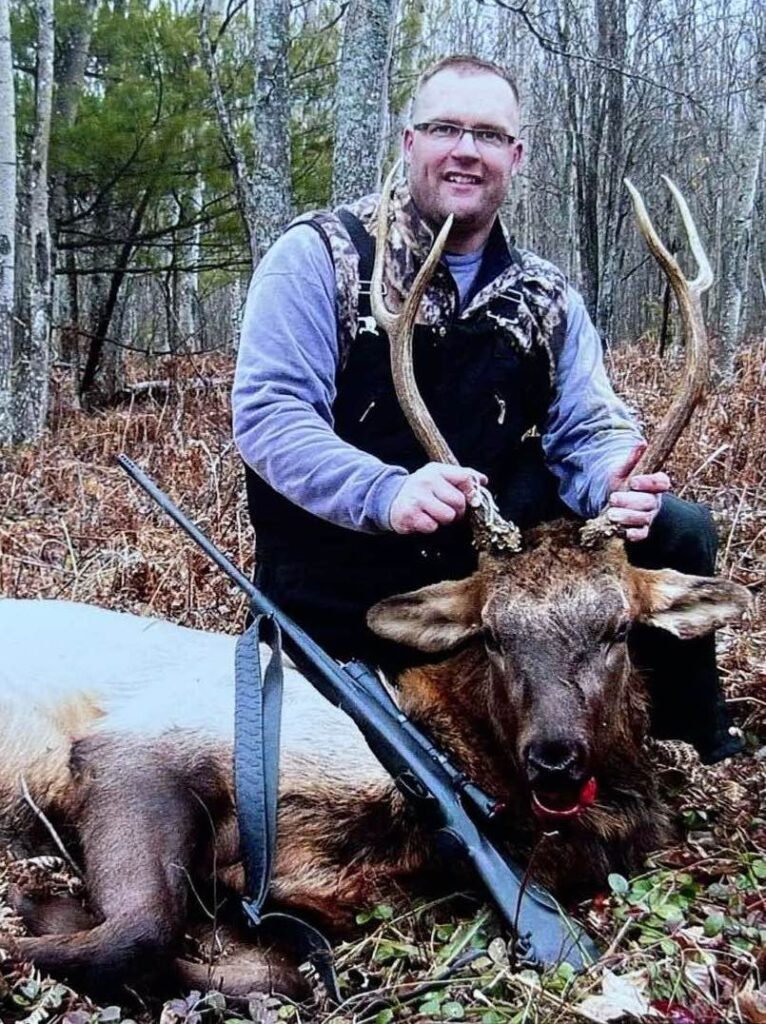
Pros of Elk Hunting in Michigan
Cons of Elk Hunting in Michigan
Elk Hunting Mistakes to Avoid
Things I Would Do Differently
